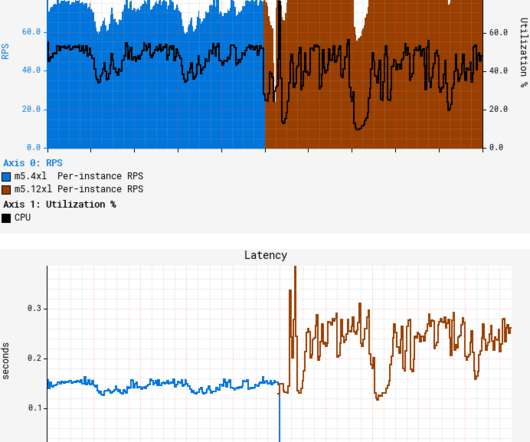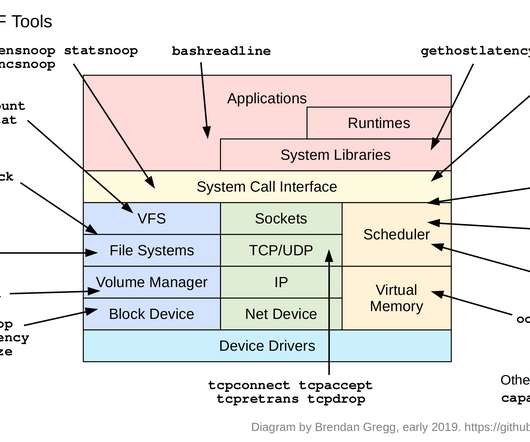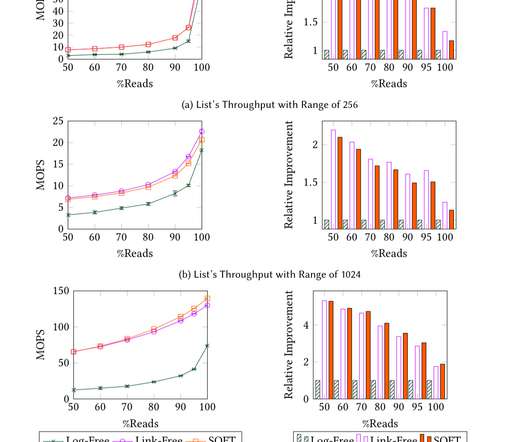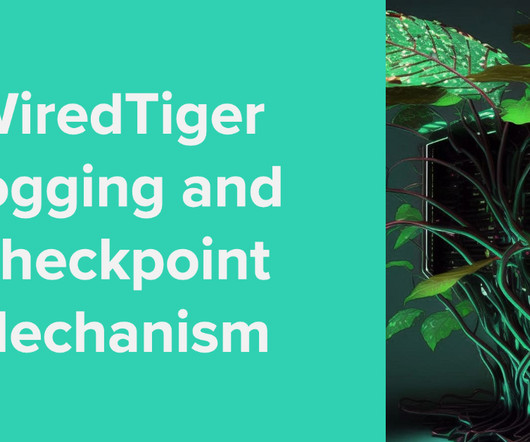Compress objects, not cache lines: an object-based compressed memory hierarchy
The Morning Paper
MAY 23, 2019
Compress objects, not cache lines: an object-based compressed memory hierarchy Tsai & Sanchez, ASPLOS’19. Existing cache and main memory compression techniques compress data in small fixed-size blocks, typically cache lines. Hotpads is a hardware-managed hierarchy of scratchpad-like memories called pads.




































Let's personalize your content